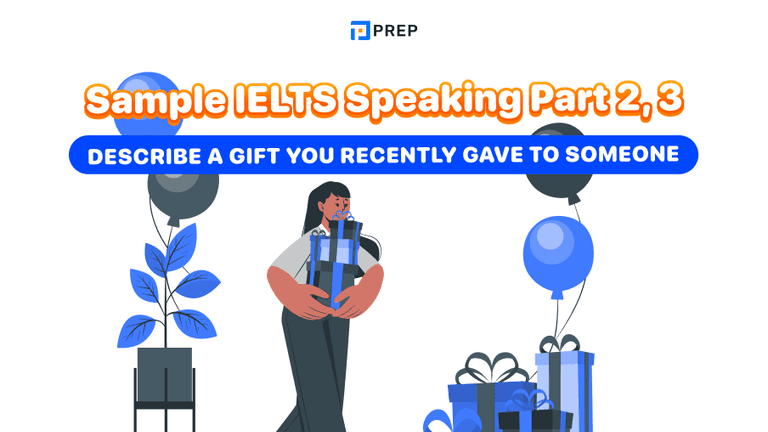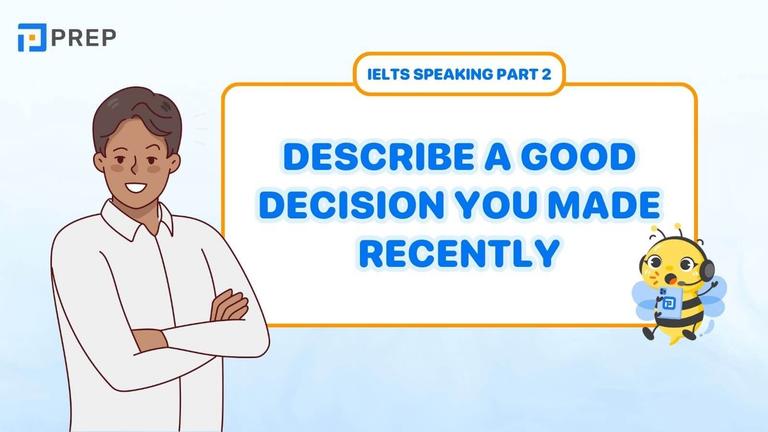A Complete Grammar Guide for Usage of Past Tense of Tell
This comprehensive guide examines the past tense of Tell, detailing its correct grammatical usage across various contexts. The content systematically explores the formation, structural requirements, and common applications of "told," emphasizing its unique requirement for an indirect object. The guide distinguishes between "told" as both past tense and past participle forms, demonstrates its proper use in reported speech, contrasts it with "said," and identifies common errors. Through clear examples and structural patterns, the content serves as a complete reference for mastering this irregular verb form, providing English learners with the necessary knowledge to use it accurately in communication.
- I. Identifying the Past Tense of Tell
- II. Using "Told" Correctly in Simple Past Tense
- III. Distinguishing "Told" (Past Tense) from "Told" (Past Participle)
- IV. The Crucial Distinction Between "Told" vs. "Said"
- V. Using "Told" in Reported Speech
- VI. Common Pitfalls with "Told"
- VII. Further Insights & FAQs about Using "Told"
- 1. What are some common fixed phrases or collocations involving "told"?
- 2. Can "told" ever be used without an indirect object?
- 3. What types of communication does "told" typically convey in reported speech?
- 4. How does the formality of "told" compare to synonyms like "informed," "advised," or "instructed"?
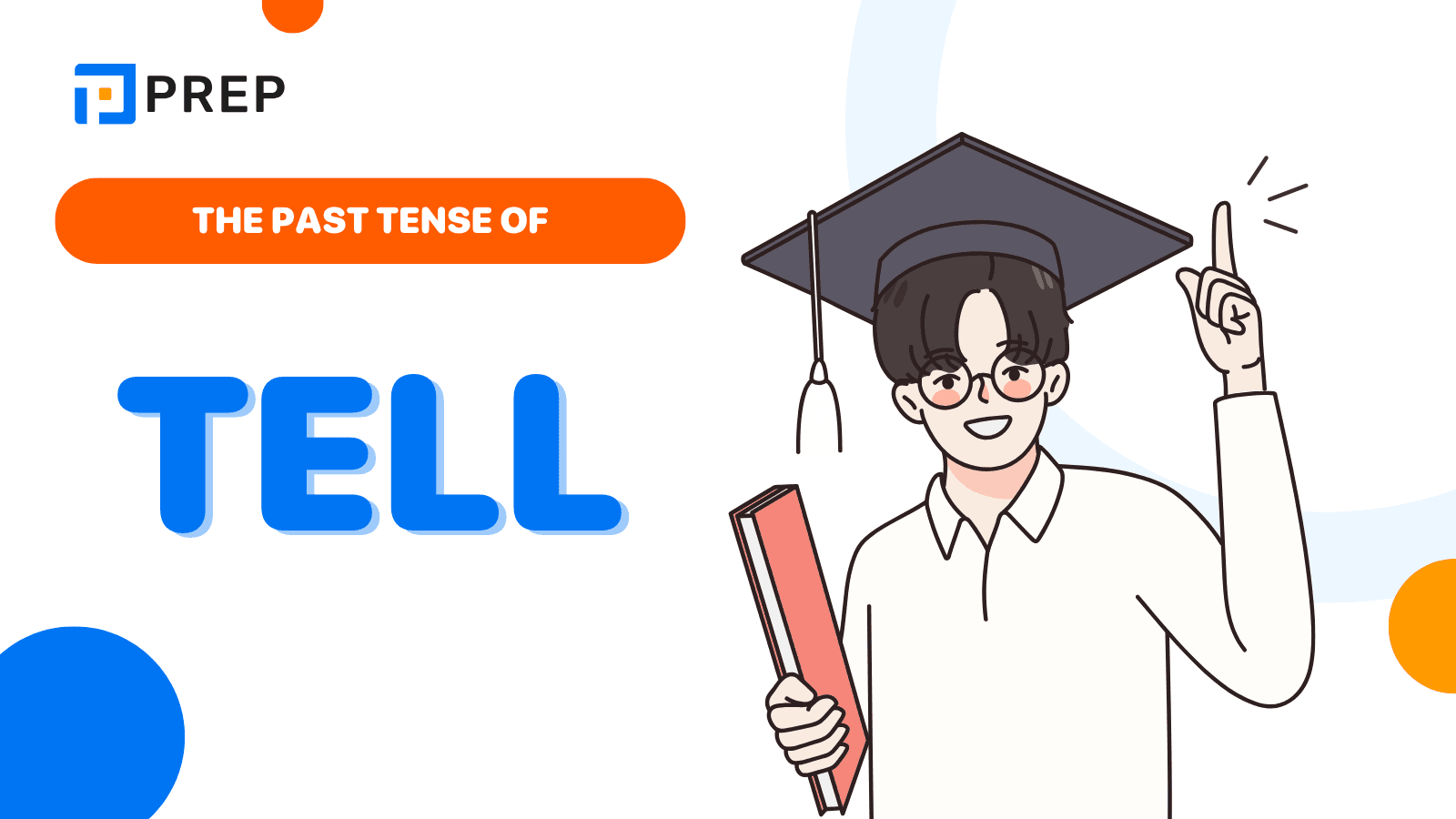
I. Identifying the Past Tense of Tell
The past tense of tell is "told." This transformation follows a pattern seen in several English verbs where the vowel changes from 'e' to 'o' in the past form. When we discuss completed actions in the past, "told" is the correct form to use. For example: "Yesterday, she told me about her new job" or "Last week, the professor told me about the upcoming exam."
The past participle of tell is also "told." This form appears in perfect tenses and passive voice constructions. For instance: "I have told you this story before" (present perfect tense) or "They had told everyone the news before the meeting" (past perfect tense). The consistency between the tell simple past tense and past participle forms simplifies learning, though this pattern isn't universal among irregular verbs.
II. Using "Told" Correctly in Simple Past Tense
1. The Basic Structure: Subject + Told + Indirect Object + [What Was Told]
The standard structure follows a specific pattern where the indirect object (the person receiving the information) typically appears immediately after "told." This distinguishes "tell" from many other communication verbs and represents one of its most crucial grammatical characteristics. Mastering the past tense of tell requires understanding this unique structure.
1.1 Why the Indirect Object (Listener) is Usually Essential with "Told"?
"Tell" functions primarily as a transitive verb, meaning it requires an object to receive the action. Unlike verbs such as "speak" or "talk," which can stand alone or work with prepositions, "told" almost always needs someone to be told something. This grammatical necessity shapes how we construct sentences with "told."
1.2 Example 1: Simple Affirmative Usage
"She told me the plan."
1.3 Example 2: Reporting Past Information
"The guide told us the history."
2. Forming Negative Sentences in the Past: Using "Did Not Tell"
To create the negative form in the tell in past simple, we use the auxiliary verb "did not" (or "didn't") followed by the base form "tell" – not "told." This follows the standard pattern for constructing negative sentences in the past simple.
2.1 Structure: Subject + did not (didn't) + tell + Indirect Object + ...
2.2 Example:
"He didn't tell his boss about the mistake."
3. Asking Questions About Past Telling: Using "Did... Tell?"
For interrogative sentences in the past tense of tell, we follow the standard question formation with "did" at the beginning, followed by the subject and the base form "tell."
3.1 Structure: Did + Subject + tell + Indirect Object + ...?
3.2 Example:
"Did you tell them the meeting time?"
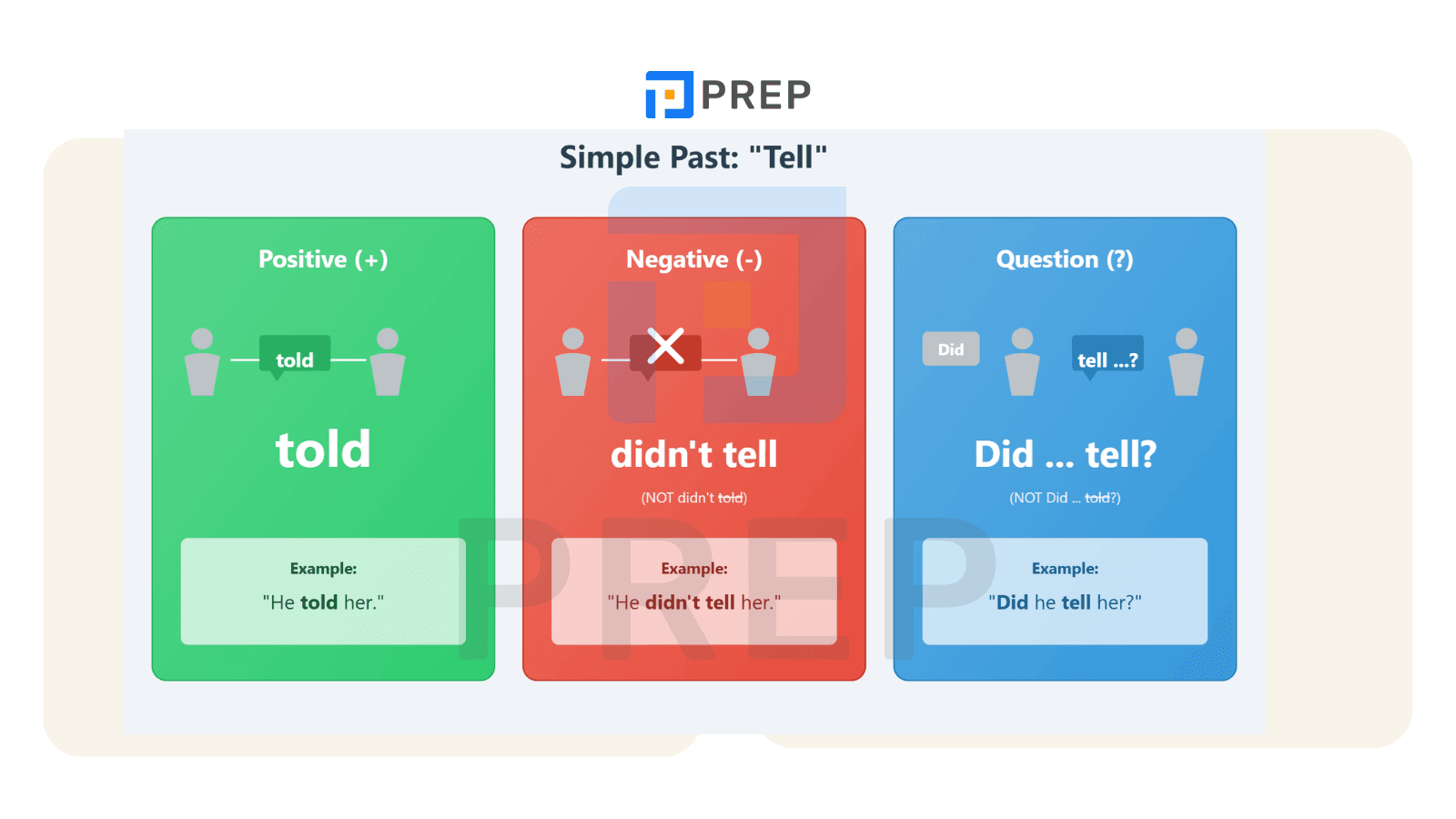
III. Distinguishing "Told" (Past Tense) from "Told" (Past Participle)
The form "told" serves dual grammatical functions that English learners must distinguish between for accurate usage in complex tenses and voice constructions. Mastering both the past tense of tell and its participle form is crucial for precision in English.
1. "Told" in Perfect Tenses: Have / Has / Had Told
The past participle of tell combines with auxiliary verbs (have, has, had) to form perfect tenses, which express completed actions with different temporal relationships to the present.
1.1 Present Perfect Example: Action relevant now
"I have told you before."
This construction connects a past action of telling to the present moment, implying continued relevance. The structure uses "have" with "told" to indicate completion with current significance.
1.2 Past Perfect Example: Action before another past action
"They had told everyone by noon."
This more complex tense indicates that the action of telling occurred before another point in the past (noon). The structure uses "had" with "told" to establish this temporal relationship between two past events.
2. "Told" in the Passive Voice: Being Informed or Instructed
The past tense of tell also functions in passive voice constructions, which shift focus from the teller to the recipient of information or instructions.
2.1 Structure: Subject (Recipient) + was/were + told + ...
This passive construction makes the recipient the subject of the sentence, emphasizing their experience of receiving information.
2.2 Passive Example: Receiving instructions
"We were told to wait."
In this sentence, the focus shifts to the recipients (we) and their experience of receiving an instruction (to wait), rather than emphasizing who gave the instruction.
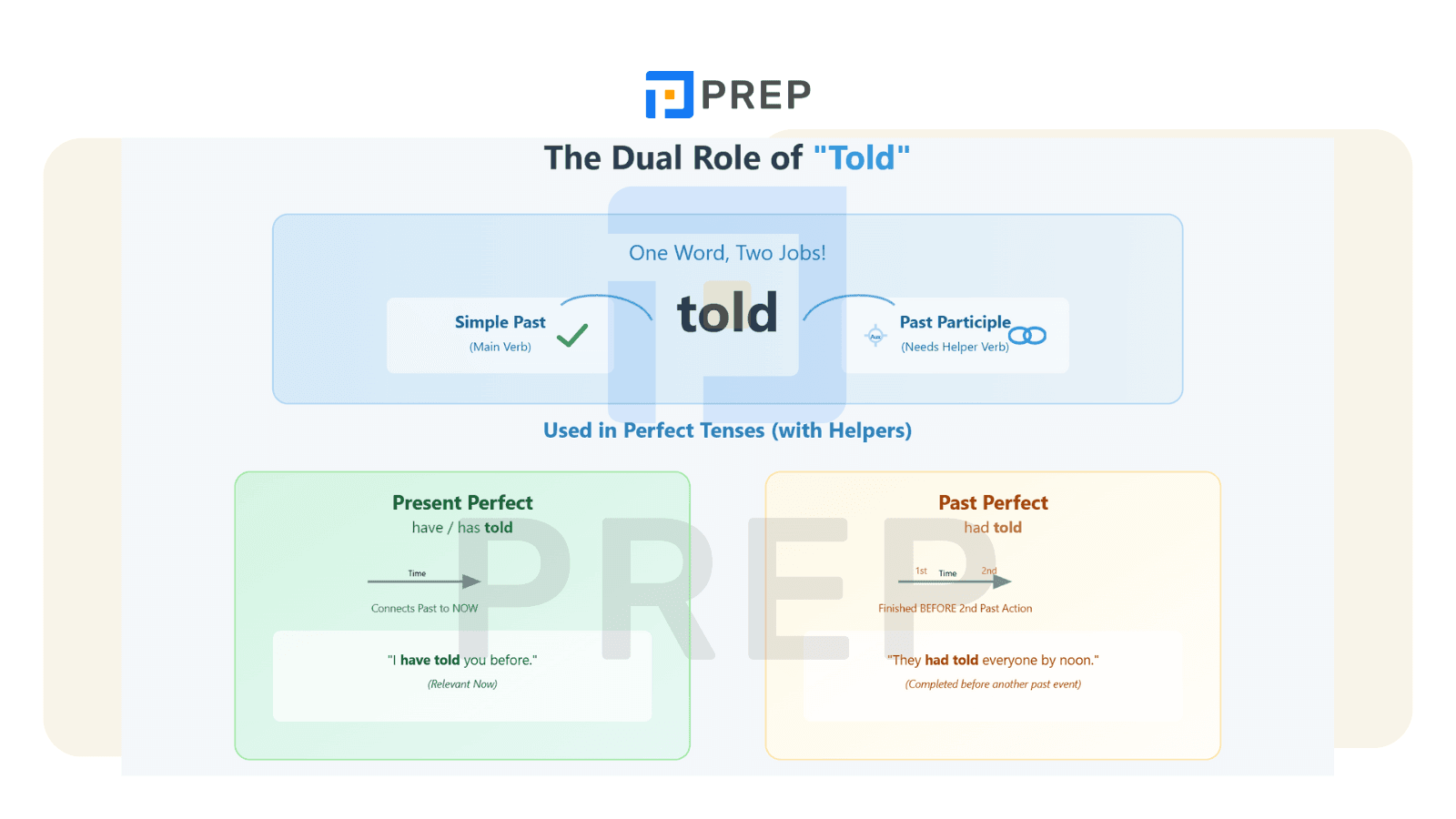
IV. The Crucial Distinction Between "Told" vs. "Said"
Understanding the difference between these common verbs helps learners apply the past tense of tell correctly.
1. Object Requirement
|
"Told" |
"Said" |
|
Requires an indirect object (who was told) |
Often used without an indirect object |
|
"She told me the story" |
"She said the story was interesting" |
|
Grammatically incorrect: "She told the story" (without indirect object) |
Grammatically correct: "She said goodbye" (without indirect object) |
2. Typical Sentence Structures
|
"Told" |
"Said" |
|
Subject + told + object + (what was told) |
Subject + said + (what was said) |
|
Subject + told + object + to + infinitive (for commands) |
Subject + said + (what was said) + to + object (optional) |
|
"They told us to wait" |
"They said we should wait" |
|
"He told me about the problem" |
"He said there was a problem" |
3. Common Scenarios for Each
|
"Told" |
"Said" |
|
Reporting instructions or directives |
Quoting direct speech |
|
Conveying information to a specific audience |
Making general statements |
|
Narrating the transfer of specific information |
Describing verbal utterances |
|
Emphasizing the recipient's role in communication |
Focusing on content rather than recipients |
V. Using "Told" in Reported Speech
One of the most common contexts for using the past tense of tell appears in reported speech, where we relate what someone else communicated indirectly.
1. How "Told" Functions as a Key Reporting Verb
"Told" serves as a primary reporting verb for conveying statements, commands, and information from one person to another in the past, making it essential for narrative and factual reporting.
2. Reporting Statements Made in the Past
When reporting statements, we typically use "told" followed by the listener and then the reported content, usually with the conjunction "that" (which can sometimes be omitted in informal speech).
2.1 Standard Structure: Subject + told + object + (that) + clause (with tense backshift)
This structure often requires backshifting tenses in the reported clause to maintain temporal accuracy (e.g., present tense in direct speech becomes past tense in reported speech).
2.2 Example Transformation:
Direct: "I need help" -> Indirect: "She told him she needed help."
Note how the original statement "I need help" transforms when reported: pronouns change to match the new context, and the present tense "need" shifts to the past tense "needed."
3. Reporting Commands, Instructions, or Strong Advice
Commands require a different structure in reported speech, using the infinitive rather than a clause with "that."
3.1 Structure for Commands: Subject + told + object + to + base verb
This specific structure applies when reporting instructions or directives given in the past.
3.2 Example Transformation:
Direct: "Sit down!" -> Indirect: "He told the dog to sit down."
The imperative "Sit down!" becomes "to sit down" in reported speech, following the object (the dog).
3.3 Reporting Negative Commands: Using "not to"
"She told me not to worry."
For negative commands, "not to" precedes the base verb, preserving the negative instruction: from direct "Don't worry!" to indirect "She told me not to worry."
VI. Common Pitfalls with "Told"
Understanding common mistakes helps avoid them in your own communication. The past tense of tell is often misused in several predictable ways.
1. Omitting the Necessary Indirect Object
A frequent error involves using "told" without specifying who received the information, which violates the verb's standard structure.
1.1 Incorrect Example:
"He told that he would be late." This sentence lacks an indirect object (who was told).
1.2 Correction:
"He told us that he would be late."
OR "He said that he would be late."
Either add the necessary indirect object after "told" or switch to "said" if you don't want to specify the recipient.
2. Confusing the Usage with "Said" (Reinforcement)
This common error stems from failing to distinguish between these related but structurally different reporting verbs.
Quick Check: Did you specify who was spoken to immediately after the verb? If yes, "told" is likely correct. This practical test helps determine whether "told" or "said" is more appropriate in a specific context.
3. Using the Incorrect Verb Form "Telled"
Applying regular verb conjugation patterns to the irregular verb "tell" creates this non-standard form. The past form of tell follows an irregular pattern.
Reminder: Always use "told" for the past tense and past participle of tell. Memorizing the irregular pattern (tell-told-told) prevents this error.
4. Adding an Unnecessary Preposition "to"
Some learners incorrectly add the preposition "to" before the indirect object with "told."
4.1 Incorrect Example:
"She told to me the story." The preposition "to" is unnecessary with "told."
4.2 Correction:
"She told me the story." The indirect object follows "told" directly without any preposition.
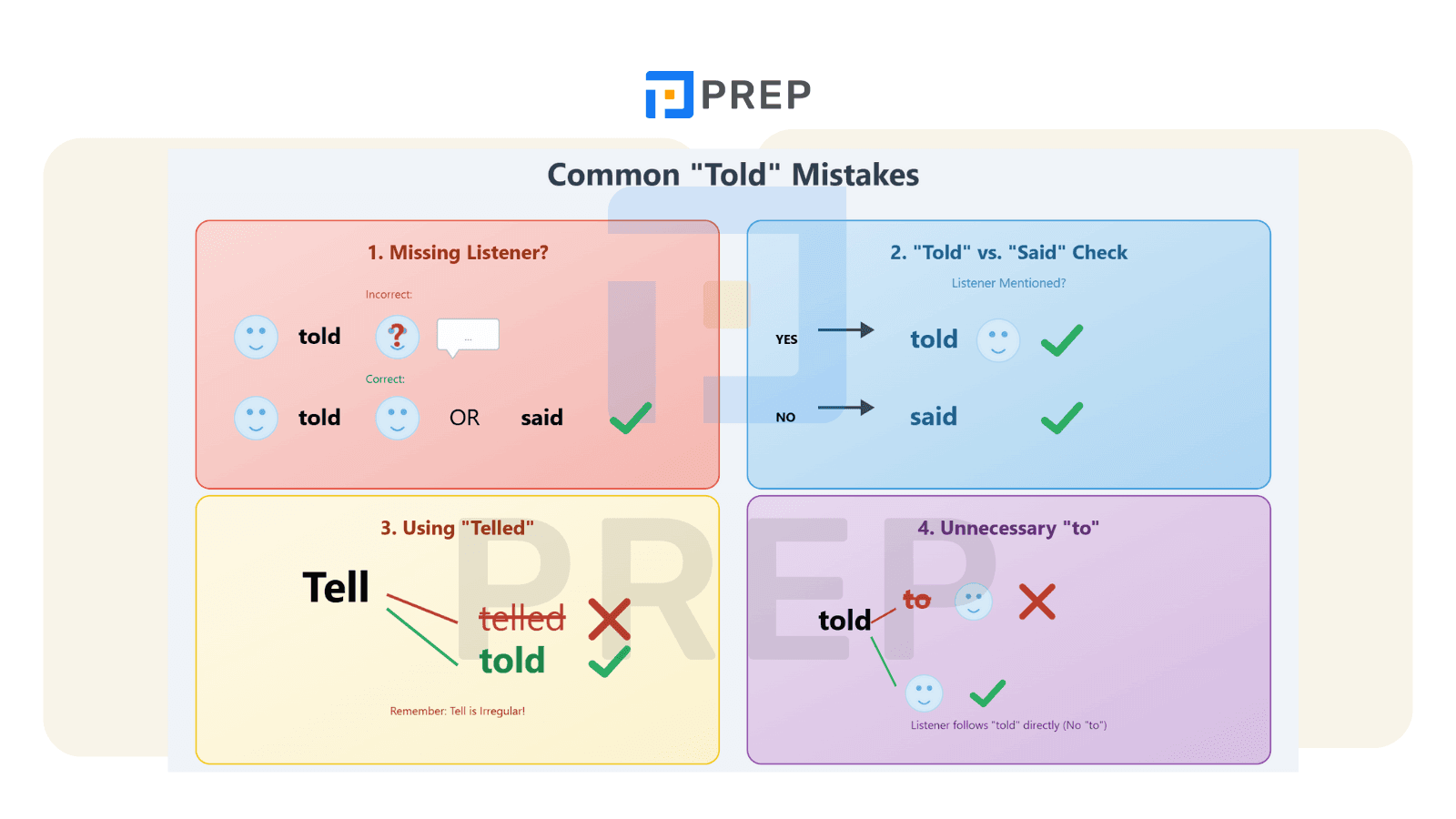
VII. Further Insights & FAQs about Using "Told"
1. What are some common fixed phrases or collocations involving "told"?
"Told" appears in several fixed expressions that enrich your English vocabulary:
-
told the truth/a lie/a story (reported factual, false, or narrative information)
-
told someone off (scolded or reprimanded someone)
-
be told (received information or instructions in passive voice)
-
I told you so (expression used when a prediction comes true)
2. Can "told" ever be used without an indirect object?
Rarely in standard grammar, but possible in specific fixed expressions (e.g., "Time will tell," though "tell" here isn't a simple past action) or implied contexts (e.g., within a longer narrative where the listener is obvious). Focus on the standard rule: "told" usually needs an object.
3. What types of communication does "told" typically convey in reported speech?
"Told" commonly reports factual information, personal stories/experiences, instructions/commands, secrets, lies, and the truth. This contrasts with other reporting verbs like 'asked' for questions or 'exclaimed' for emotional outbursts.
4. How does the formality of "told" compare to synonyms like "informed," "advised," or "instructed"?
"Told" is generally neutral to slightly informal. "Informed" is more formal (especially in writing). "Advised" suggests guidance with an element of recommendation. "Instructed" implies a formal directive or order. Choosing the right verb adds precision and establishes the appropriate tone for your communication context.
Understanding and correctly employing the past tense of tell enhances precision in describing past communications and events. You now recognize that "told" requires specifying who received information (the indirect object), distinguishing it from "said." You've seen how "told" functions in reported speech, requiring tense backshifting and pronoun adjustments. You've explored its various functions—from narrating stories to issuing commands—and encountered idiomatic expressions that add color to your English. Most importantly, you've learned to avoid common pitfalls that might otherwise compromise your language proficiency. Mastering the tell past tense and past participle forms will significantly improve your English communication skills.

Hi I'm Chloe, and I am currently serving as an Product Content Administrator at Prep Education. With over five years of experience in independent online IELTS study and exam preparation, I am confident in my ability to support learners in achieving their highest possible scores.
Comment
Premium content
View allPersonalized roadmap
Most read


